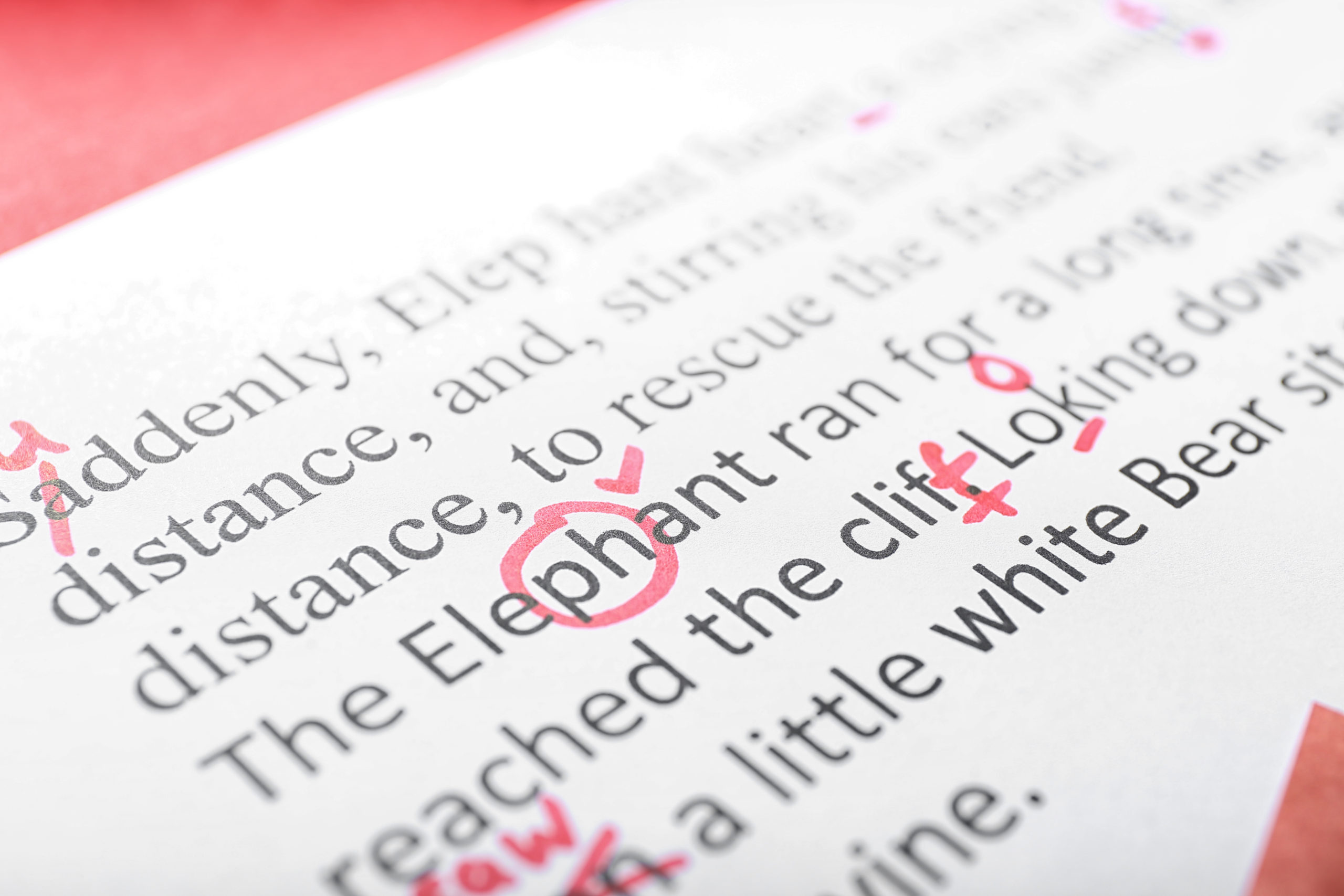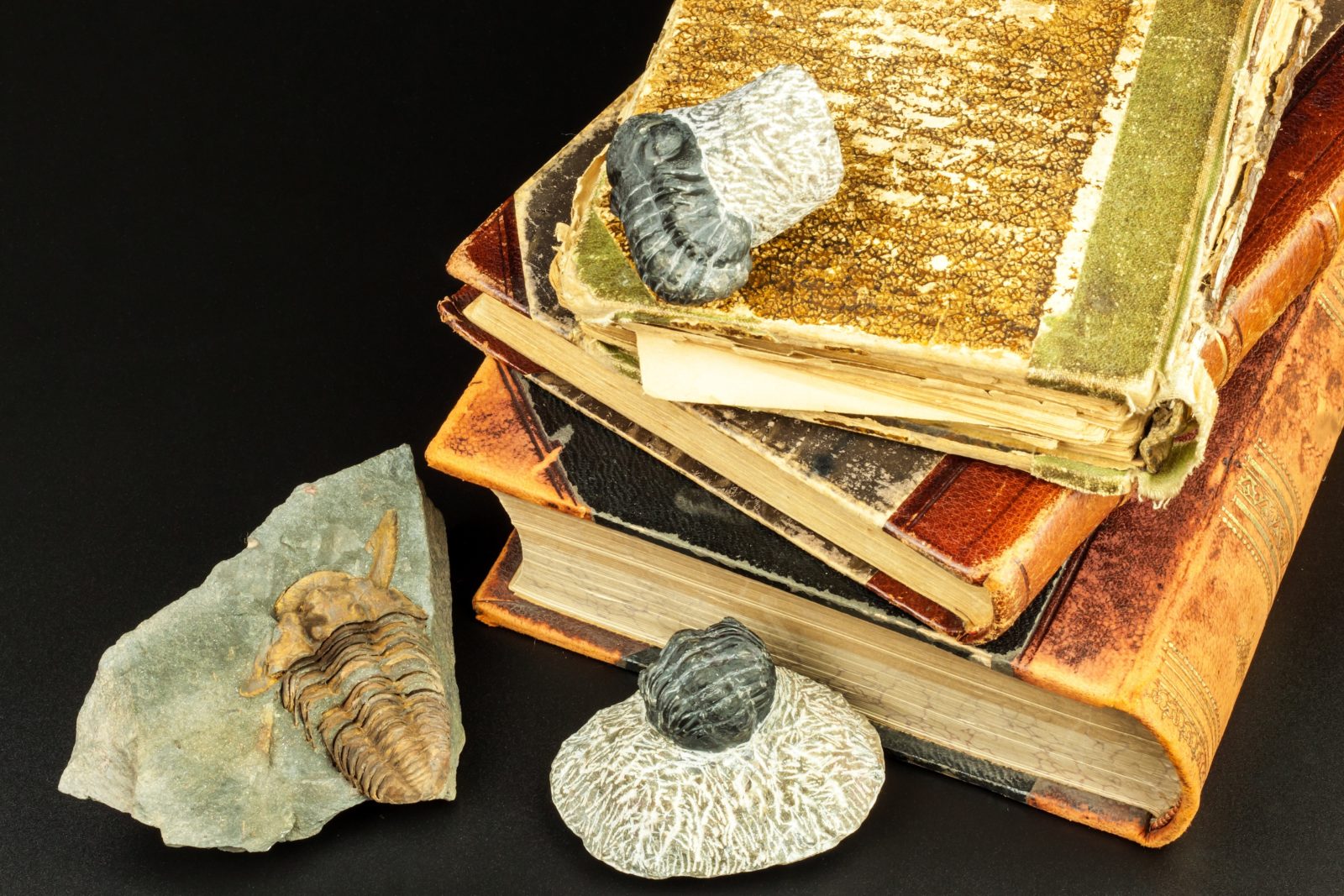
Pennock’s Convenient Distortion
Robert Pennock’s misquote of me in Books & Culture (Sep/Oct 99, p. 31) is mischief in the making. He quotes me as writing that design theorists “are no friends of theistic evolutionists.” What I in fact wrote is: “Design theorists are no friends of theistic evolution.” (He got the quote right in his book Tower of Babel, but not in Read More ›

